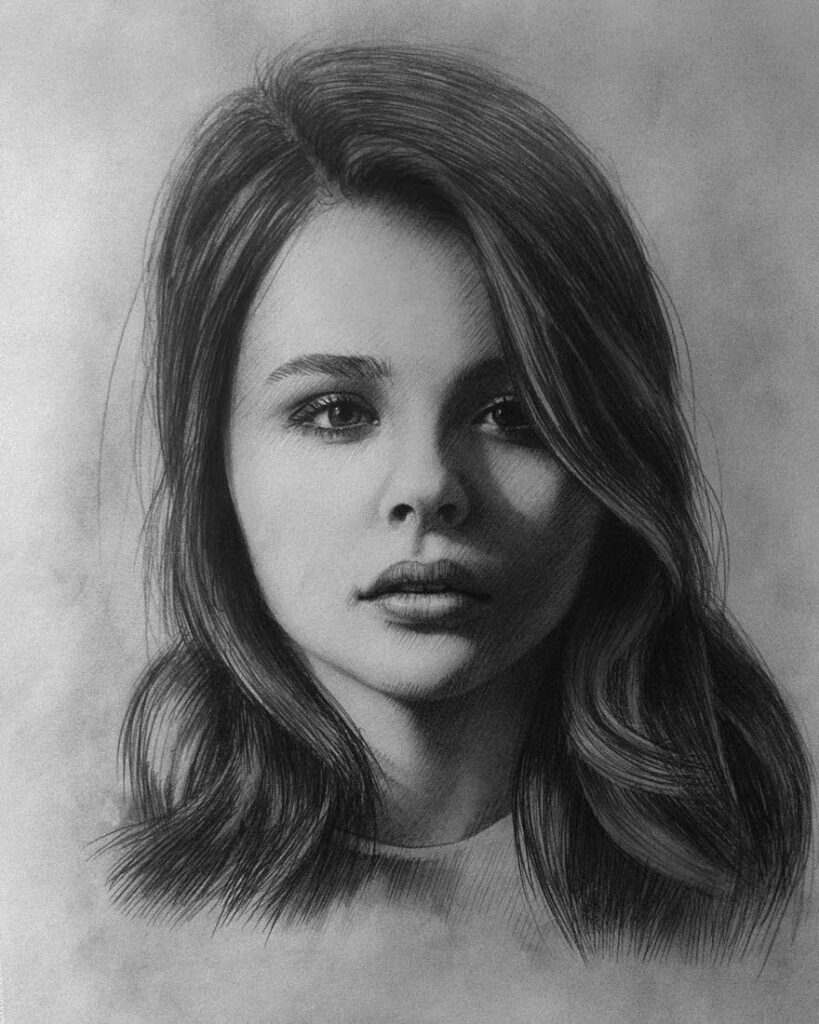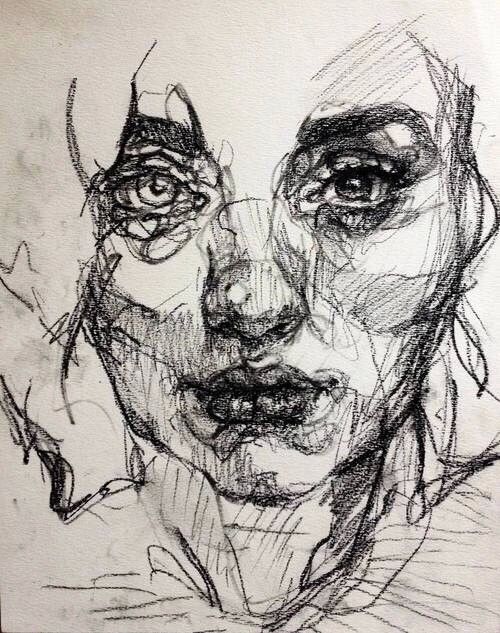Portrait drawing is a timeless art form that allows artists to capture the likeness and personality of their subjects with pencil and paper. Whether you’re drawing a loved one, a friend, or a stranger, mastering the art of portrait drawing requires a combination of observation, technique, and practice. In this guide, we’ll explore essential tips, techniques, and strategies to help you master the art of portrait drawing and create stunning artworks that truly capture the essence of your subjects.
Step 1: Understanding Facial Proportions
The key to creating realistic portraits lies in understanding the proportions of the human face. Start by studying the basic structure of the face, including the placement of the eyes, nose, mouth, and ears. Pay close attention to the relationships between facial features and the overall shape of the head. By mastering facial proportions, you’ll be better equipped to accurately capture the likeness of your subject in your drawings. This video explains the basics of proportions.
Step 2: Capturing Likeness and Expression
Beyond mere representation, portrait drawing is about capturing the unique likeness and expression of your subject. Pay attention to subtle details such as facial expressions, gestures, and body language that convey personality and emotion. Use light and shadow to create depth and dimension in your portraits, emphasizing the contours and features that define your subject’s face.
Like any art form, mastering portrait drawing requires practice, patience, and perseverance. Set aside dedicated time to sketch and draw regularly, focusing on honing your observational skills and refining your drawing techniques. Experiment with different drawing materials, such as pencils, charcoal, and conte crayons, to discover which tools best suit your style and preferences.
Step 3: Exploring Different Drawing Techniques
Portrait drawing offers a wide range of techniques and approaches, from highly detailed realism to loose and expressive stylization. Experiment with different drawing styles, such as line drawing, cross-hatching, and shading, to find the approach that best suits your artistic vision. Don’t be afraid to push the boundaries of your comfort zone and explore new techniques that challenge and inspire you.


Study the works of master portrait artists throughout history to gain inspiration and insights into the art of portrait drawing. Analyze their techniques, compositions, and use of light and shadow to inform your own artistic practice. Visit museums, galleries, and online resources to immerse yourself in the rich tradition of portrait art and discover new ideas and approaches to incorporate into your drawings.
Conclusion
Portrait drawing is a rewarding and enriching journey that offers artists endless opportunities for creativity and expression. Whether you’re capturing the likeness of a loved one or exploring the complexities of the human face, portrait drawing provides a canvas for self-expression, exploration, and discovery. So grab your pencils, sharpen your skills, and embark on the timeless art of portrait drawing.


Leave a Reply
You must be logged in to post a comment.